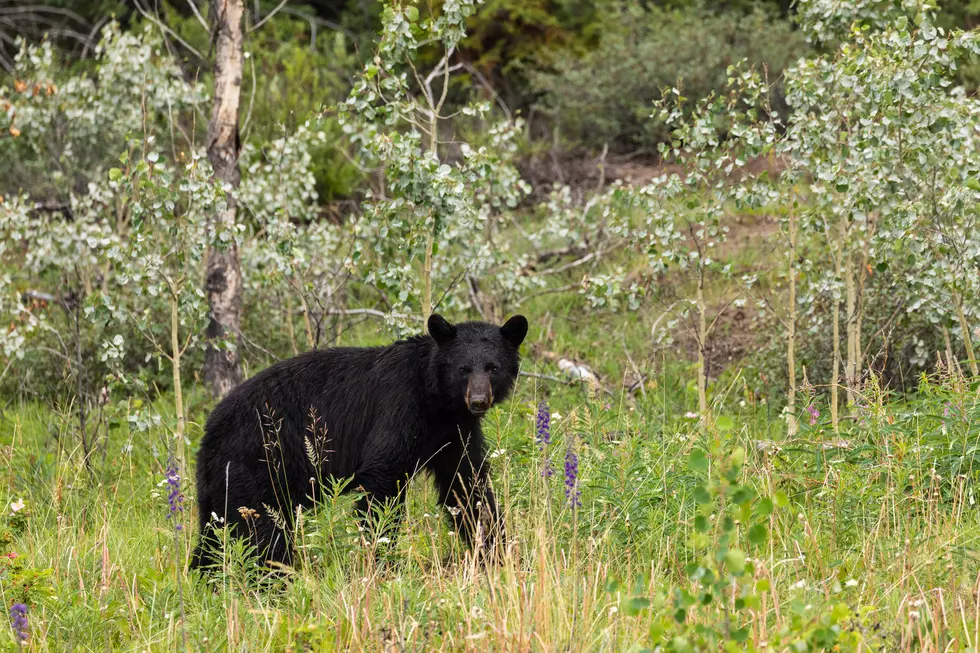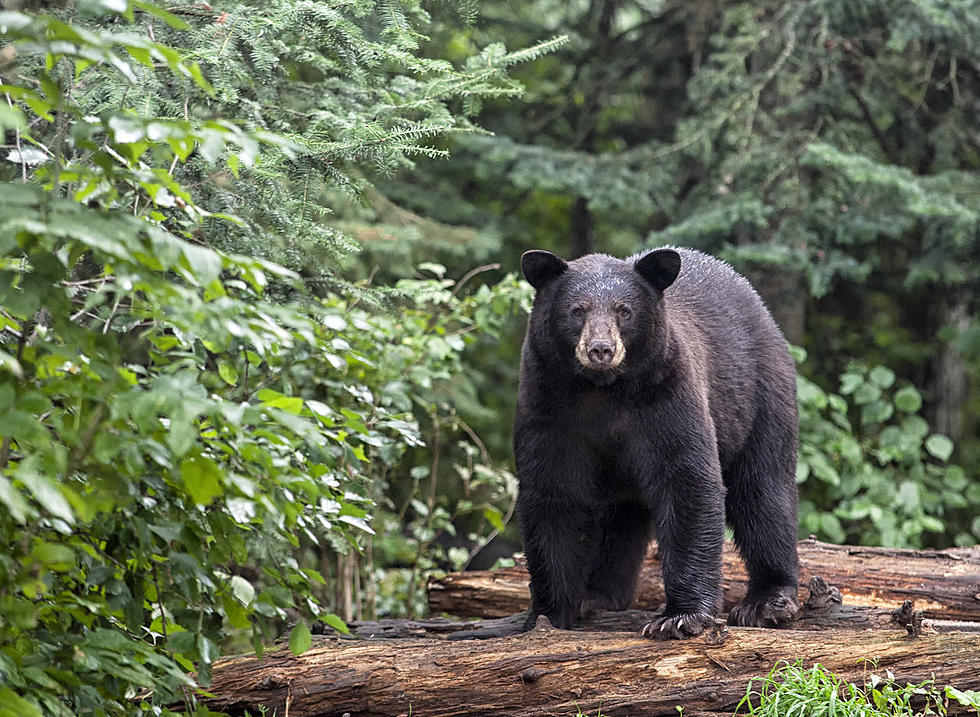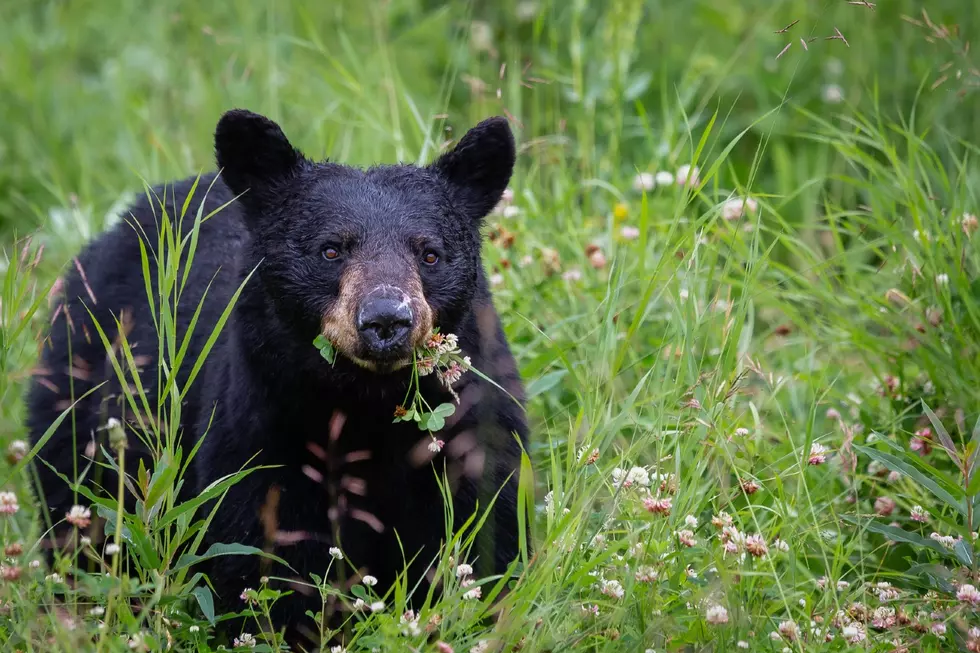
Minnesota DNR Asks Hunters Not to Shoot Ear-Tagged, Radio-Collared Bears
With Minnesota bear hunting season set to open on Thursday, September 1, the Minnesota Department of Natural Resources has an important reminder for all hunters.
The DNR is is once again asking bear hunters to avoid shooting marked research bears. These bears are marked with distinctively large, colorful ear tags and wear radio collars. They also play an important research role.
According to the DNR, their researchers are monitoring 25 radio-collared black bears across the state, especially in bear hunting zones 25, 27, 45 and 451, and in parts of the no-quota zone. Most of these radio-collared bears live in or near the Chippewa National Forest, Camp Ripley Military Reserve, the Pillsbury State Forest, and the Brainerd/Baxter area. However, the bears also range widely from these sites.
“We are asking hunters to avoid shooting these valuable research bears,” said Andy Tri, DNR bear research scientist. “These collared bears give us much of the data we use in bear management and are most valuable to us when they are collared for multiple years.”

Research is conducted for a variety of reason, including monitoring year-to-year changes in natural food supplies and how that affects individual bears in terms of their habitat use, physical condition, denning, reproduction and interactions with people.
It's important to note that this research is in now way designed to evaluate mortality from hunting. Forcing the DNR to trap new bears every year to replace the ones killed cannot substitute for long-term data on individual bears.
All of the collars the DNR uses in this research have GPS units. The GPS coordinates are either uploaded to a satellite or stored in the collar and downloaded by DNR researchers when they visit the bears in their dens. Each bear provides several thousand data points per year.
The DNR adds the bear’s coat often hides the collar, especially in the fall, and most of the collars are black. But all collared bears have large (3 x 2 inch), colorful ear tags. The tags should be plainly visible on trail cam photos or when a bear is at a bait.
DNR officials recognize hunters may not be able to see a radio collar or ear tags in some situations. For this reason, taking a bear with a radio collar is legal; however, pausing briefly to get a clear view of the bear’s head would reveal whether it has large ear tags, which indicates that it is collared.
The Minnesota DNR's Bear Management page is a terrific resource for hunters who need clarity on which bears are off limit to hunt, as well as other regulations and information.
Any hunters who do shoot a collared or ear-tagged bear are asked to call the DNR Wildlife Research Office in Grand Rapids at 218-328-8879 to report it and coordinate the pickup or drop off of the collar and heart monitor, if applicable.
LOOK: 30 fascinating facts about sleep in the animal kingdom




